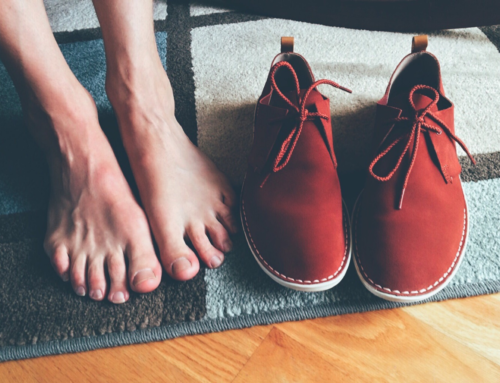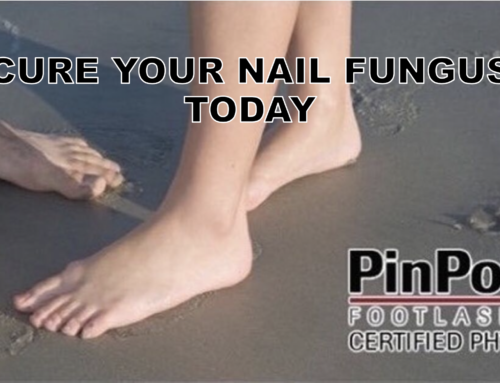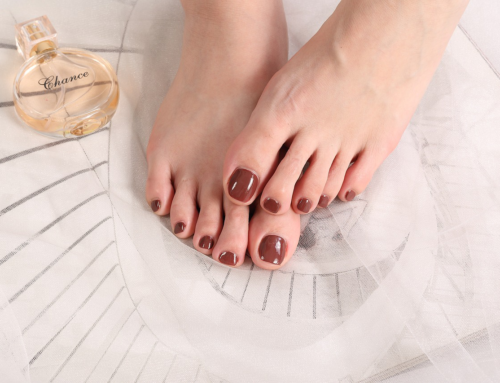Artificial nails and nail fungus can go hand in hand. Many women suffer from nail fungus, both fingernails and toenails. As women, aesthetics and appearance are more important to us. When something like a nail fungus occurs, we find it quite embarrassing. For this reason, many of us opt for acrylic or artificial nails to cover up the unsightly nail. They help us mask the issue. However, this is not the proper solution to the nail fungus and causes the infection to further and ultimately worsen.
Why do artificial nails cause nail fungus?
Since artificial nails are chemicals that harden over our own nails and cover up the whole real nail, it causes whatever is between the real nail and artificial nail to stay in place and essentially mold. A fungus is a form of mold, and acrylic nails will only cause this infection to worsen, especially when the artificial nail grows out and is ready for a fill. The space where the artificial nail and the real nail have grown out also causes a further buildup of bacteria and other fungi, causing infections to occur.
If you have a nail fungus or want to avoid a nail fungus, it is important to either avoid acrylic nails altogether or visit reputable salons that are specialized and disinfect their instruments. Always make sure that it is a very clean nail salon. Many people can get infected with nail fungus at nail salons.

How to prevent Nail Fungus from Artificial Nails?
The first step is to find a clean nail salon that sterilizes all its tools properly for its clients. Also, nail techs should wash their hands or change gloves between clients.
Make sure the artificial nails fit perfectly on your nails. Do not leave any gaps between the nail and the fake nail. This will keep any moisture from forming between the nail layers. And if your hands tend to sweat a lot or are always around moisture, it’s best for you not to have acrylic nails. This is because water may deteriorate the glue and cause the artificial nails to lift.
Manicure Warnings for Nail Fungus
Manicure warnings for nail fungus should be known by people who have nail fungus. A lot of people enjoy relaxing at a nail salon. It may seem harmless, but you have to be wary of the nail salon that you go to and how they clean their tools.
You’ll never know when someone at your nail salon has a fungal nail infection. You may have no issues with your go-to nail salon for years, but you can never be too careful.
Different Manicures
Nowadays, there are different types of manicures from plain and regular nail polish to gel and dip powder manicures. Dip powder manicures have recently become popular.
It is a combination of a glue-type liquid and colored powder that hardens when exposed to air and leaves a long-lasting manicure, such as gel or acrylic manicures, without the chemical smell and ultraviolet light curing to dry. It is sealed with a top coat of polish and can last for about 2-4 weeks.
Dip Powder Manicures
The process of dip powder manicures is, from the name, dipping your nails into a jar of powder. Now, this jar of powder is communal. Salons usually use the same jar for all clients who want that specific color.
Other clients may have a fungal nail infection and contaminate that specific jar. The fungus can spread easily and might be transferred to the next client and all the other following clients dipping their fingers in the contaminated jar.
It would be best to avoid this type of manicure. It is unsanitary for multiple clients to use the same container. If the nail salon does this, it would be better to just walk away. You may have pretty nails, but once you remove your manicure, you might have a fungal nail infection.
What to look out for
Also, be aware of how nail salons sanitize their tools before you let them use them on your nails. To be safe, you can bring your own tools that are not contaminated by other clients at the nail salon.
Treatment Options
To make your nails look better, instead of covering them with fake nails, you should treat them. Treatment for nail fungus does not need surgery or removal of the nails. Visit a podiatrist to get your nails diagnosed if they are infected with a fungus. These foot doctors can recommend a treatment option that would be best for you. Contact a specialist as early as you can. Toenail fungus can be difficult to treat when it reaches severe stages.
An efficient way to treat toenail fungus is with Laser Treatment. In our clinics, we use the PinPointe laser, which typically requires only one treatment. Unlike other treatment options, such as topical treatments and oral antifungal medication, laser treatment has no side effects and achieves about an 85% success rate.
Laser Treatment for Toenail Fungus
If you have caught nail fungus, it can be easily treated using the FDA-approved PinPointe laser, which typically only takes one treatment. Other treatments, like topical solutions and oral medication, are not as effective. Topical solutions have a very low cure rate. This is because the solution does not penetrate all the way through the nail bed. Oral medication is not recommended by our nail doctors. This is because it can lead to liver toxicity.
Our nail doctor in San Francisco, CA, recommends this treatment. The PinPointe Laser treatment has the highest cure rate in the market. It has no side effects and no recovery period. As a result, you can go about your daily activities right after the treatment. Also, it is not painful.
If you have any signs of nail fungus, call us at (800) 672-0625 or visit our website for more information on our doctors at one of our over 150 locations.




